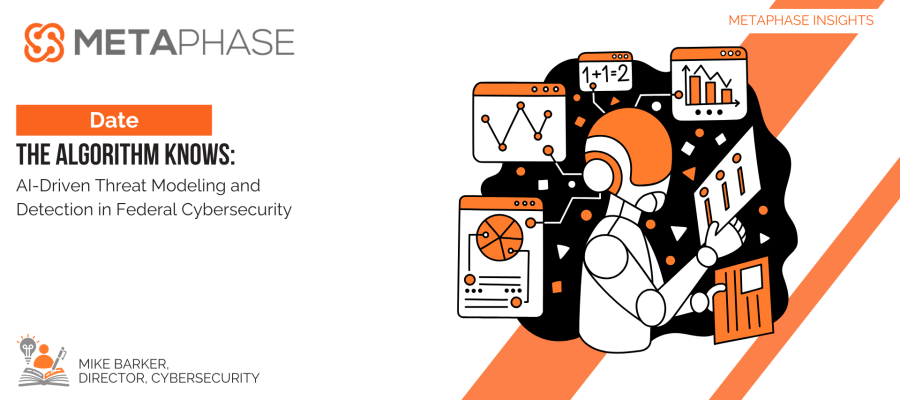
Can your system detect a threat it’s never seen before?
That’s the defining question of cybersecurity in the age of AI—where yesterday’s signatures won’t stop tomorrow’s attacks.
Federal agencies are under constant digital siege. From state-sponsored actors to insider threats, the range and sophistication of cyberattacks are growing faster than legacy tools can keep up. Traditional security models rely on known vulnerabilities and predefined rules. But in a world where threats mutate daily, static defenses are no longer enough.
AI is redefining the rules of engagement. Through machine learning, behavioral analytics, and deep neural networks, artificial intelligence is enabling proactive threat modeling and real-time detection that goes far beyond signature-based defenses. This shift represents a fundamental change in how federal systems can anticipate, identify, and neutralize cyber threats.
AI-driven threat modeling doesn’t wait for incidents to occur—it analyzes massive datasets to predict where vulnerabilities are likely to emerge. By learning the normal behavior of users, systems, and data flows, AI can identify anomalies that indicate potential breaches—long before damage is done. For example, a subtle change in data access patterns or a spike in file movement at 2 a.m. could trigger an alert, not because it matches a known attack, but because it deviates from expected behavior.
This kind of detection is already in use at agencies like CISA and DoD, where AI is deployed to hunt for threats across endpoints, networks, and cloud environments. These systems ingest logs, telemetry, and threat intelligence to model potential attack vectors dynamically. The result is faster response times, reduced false positives, and a cybersecurity posture that adapts in real time.
However, this shift to AI-driven security is not without its challenges. AI systems require vast, clean datasets to train effectively. Without proper tuning, they risk generating noise or missing subtle threats. Moreover, transparency and explainability are critical in federal environments—security teams must understand how and why an AI model flags an event to take meaningful action.
MetaPhase helps agencies bridge this gap by integrating AI-powered threat detection into secure development and operations pipelines using our OrangeArmor accelerator. Paired with Mpower, our intelligence integration framework, we enable the fusion of real-time data and AI analytics to create predictive threat models tailored to each agency’s unique mission environment.
AI won't replace security analysts—but it will change their role. Instead of manually reviewing logs and crafting static rules, analysts become intelligence orchestrators—validating AI signals, refining models, and focusing on strategic threats. It’s a shift from reactive defense to intelligent anticipation.
MetaPhase’s Role:
MetaPhase leverages AI to enable proactive, mission-aligned threat modeling and detection for federal agencies. Using OrangeArmor and Mpower, we embed machine learning into cybersecurity workflows—giving agencies the tools to detect the unknown and adapt in real time.

